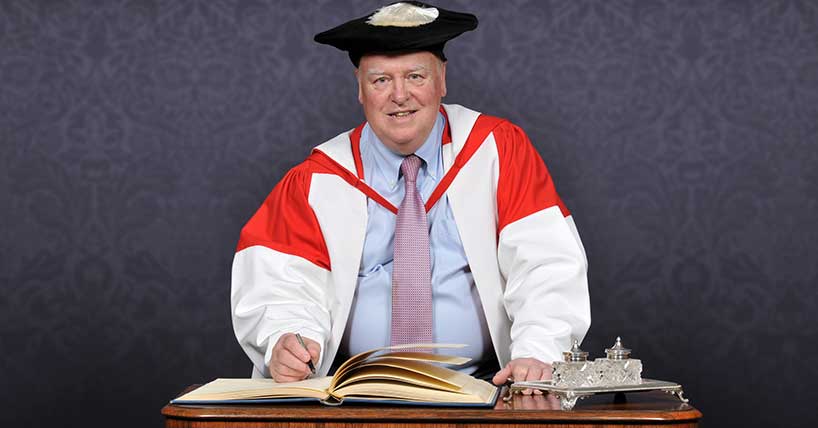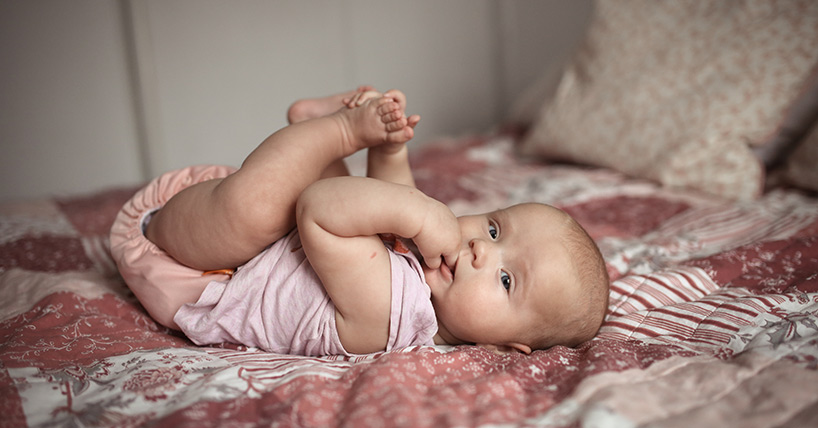Comment Met Gala
Comment: the Met Gala has nothing on Georgian masquerade parties
Published on: 5 May 2023
Writing for The Conversation, Meg Kobza discusses the extravagance that accompanied Georgian masquerade parties.
A large, white cat with dazzling light blue eyes appeared on the red carpet of this year’s Met Gala. It struck several playful poses, paying homage to the late fashion designer Karl Lagerfeld and his beloved cat, Choupette. Photographers snapped away and onlookers buzzed about who might be inside the costume.
Unfortunately, Choupette left little time for speculation. Within minutes of her arrival, she removed her head to reveal actor Jared Leto beneath her heaps of fur and whiskers.
Leto’s interpretation of this year’s theme – Karl Lagerfeld: A Line of Beauty – was arguably the most attention-grabbing of the night. Setting social media ablaze every year, the Met Gala is the annual Met Museum fundraising ball, which is known for the couture and daring fashion paraded on its red carpet. It is part of a longstanding cultural obsession with costumes and fancy dress.
In 1771, landscape artist William Hodges also wore a full animal suit to a party. His outfit created a spectacle and pushed the boundaries of acceptable identity concealment at a masquerade party. Hodges was dressed as a dancing she bear and his companion, a Savoyard (travelling entertainer).
Despite holding a ticket for the evening’s entertainment, the bear was stopped at the door, according to news reports at the time. It held in its paw a lady’s ticket, but since the bear’s gender could not be discovered amid the elaborate costuming, the guard was uncertain as to whether it should be admitted. Luckily the Savoyard persuaded the guard and the two were ushered in.
The moment was covered in newspapers and periodicals in the days and weeks following the masquerade – even inspiring a lively print.
Daring Georgian masquerades
Georgian masquerade parties of the 1770s and 1780s often occupied a Monday evening in the elite social calendar of London’s fashionable in-crowd. They were much like today’s Met Gala attendees and known as the beau monde (fashionable society).
Made up of the nobility, gentry and a handful of wealthy actors, artists and merchants, this group dominated the city’s social scene and dictated trends throughout the 18th century.
During a time of widening access to consumer goods and increasingly commercialised leisure entertainments (pleasure gardens, coffee houses and theatres), masquerade parties provided a place to flaunt status, taste and wealth through ostentatious and creative outfits.
As an elite social space, the masquerade was controlled through strict subscription lists and extortionate prices, not unlike the Met Gala’s invitation-only policy.
Even with your name on the tightly guarded subscription list, according to my calculations the cost of a masquerade ticket averaged two guineas, (approximately £450 in 2023) which limited access to the top 4% of the population.
This, plus the expense of transportation and a basic costume raised the price to at least three guineas, further marking the masquerade as a watering hole of the glitterati, not the masses.
The role of the public
The masses, however, were essential to the success and cultural weight of the masquerade, just as fans and social media are essential in supporting or cancelling today’s celebrities.
The route to a masquerade was regularly lined with spectators who watched and judged the costumes as they passed. Noted gossip and socialite Horace Walpole relayed his experience to a friend writing:
The mob was beyond all belief; they held flambeaux [a burning torch] to the windows of every coach and demanded to have the masks pulled off and put on at their pleasure, but with extreme good humour and civility.
Once the fashionable bodies moved from the gilded frames of their carriages and sedan chairs into the safely guarded space of the masquerade venue, however, the evening’s frivolities stayed behind closed doors. A ticket from one masquerade at London’s Carlisle House reminded participants to Muto, non ciecho – see all but say nothing.
The Met Gala’s recent policy of banning mobile phones claims to have been put in place to maintain guests’ enjoyment of the event. But it mimics the exclusivity and intrigue of the masquerade party and the dependence on news outlets and gossipy celebs to leak any juicy events from within the guarded space.
The enthusiastic spectators of Georgian masquerade parties relied on the popular Masquerade Intelligence column in daily newspapers to spill the details. No lord or lady was spared cutting criticism or gushing praise despite their rank, appearing in public reports and private recollections similar to the best dressed lists that circulate today.
The Duchess of Northumberland offered a scathing critique of members of the royal family in her diary after attending a masquerade in 1769, writing: “the Queen’s two Brothers were by much the shabbiest figures.”
Meanwhile the Independent Chronicle judged: “The Countess Dowager of Waldegrave … wore a dress richly trimmed with beads and pearls and was truly elegant.”
Like actor Michaela Coel and singer Lil Nas X, who arrived at the Met Gala bedazzled from head to toe, masquerade participants knew jewels and diamonds signalled societal status. They often flaunted thousands of pounds worth of valuable gems.
The masquerade offered the beau monde (and anyone else who could afford a ticket) the opportunity to use fancy dress to express political views and occasionally transgress societal expectations, all while maintaining an exclusive space in widening leisure culture.
The Met Gala echoes the past extravagance of the masquerade and builds on it. It is an international platform where artists, actors and influencers push the boundaries of culture, politics and fashion through innovative couture. But as the media frenzy that both follows and sustains it shows, the spectators are just as important as the spectacle itself.
Meg Kobza, Leverhulme Early Career Fellow, Newcastle University
This article is republished from The Conversation under a Creative Commons license. Read the original article.



